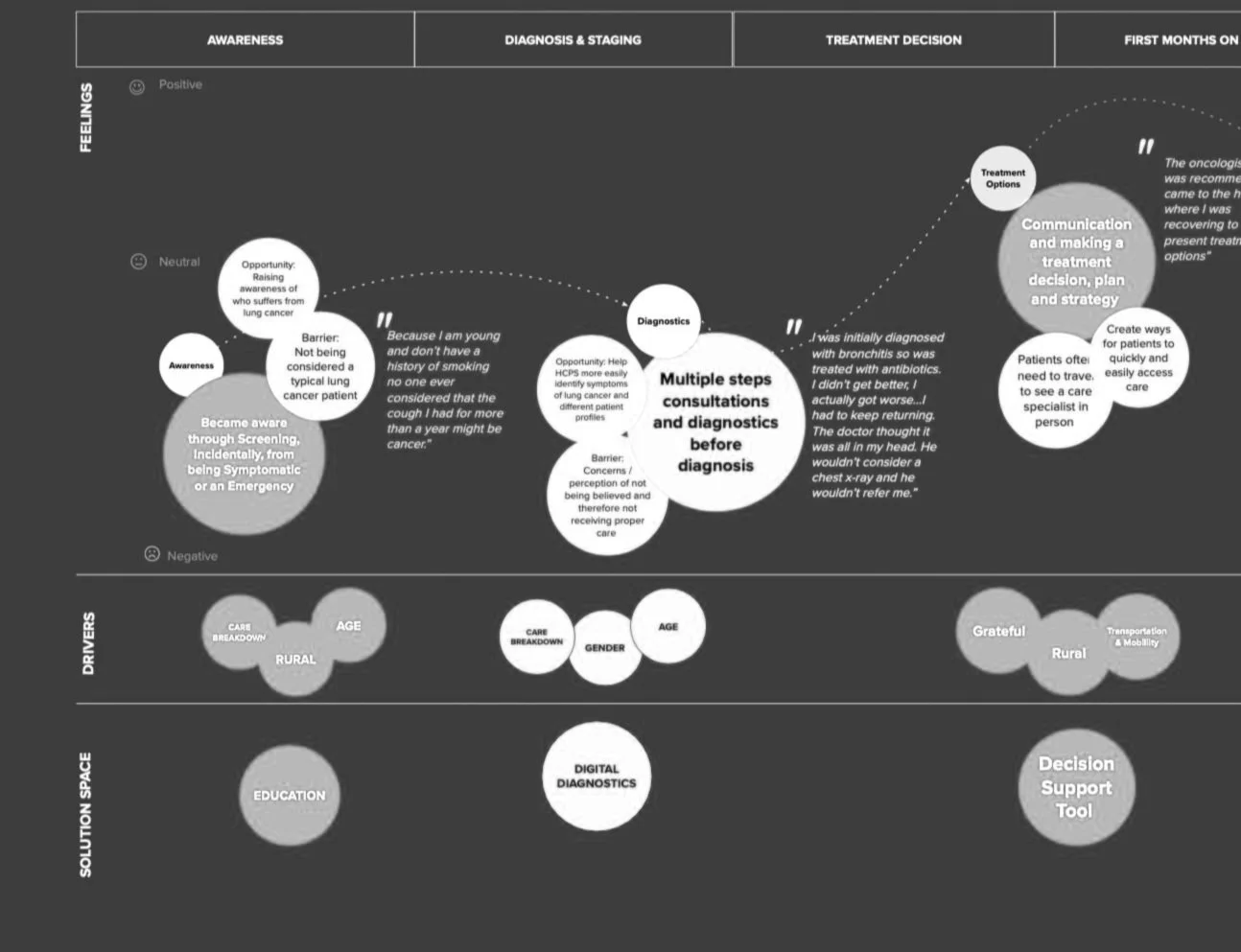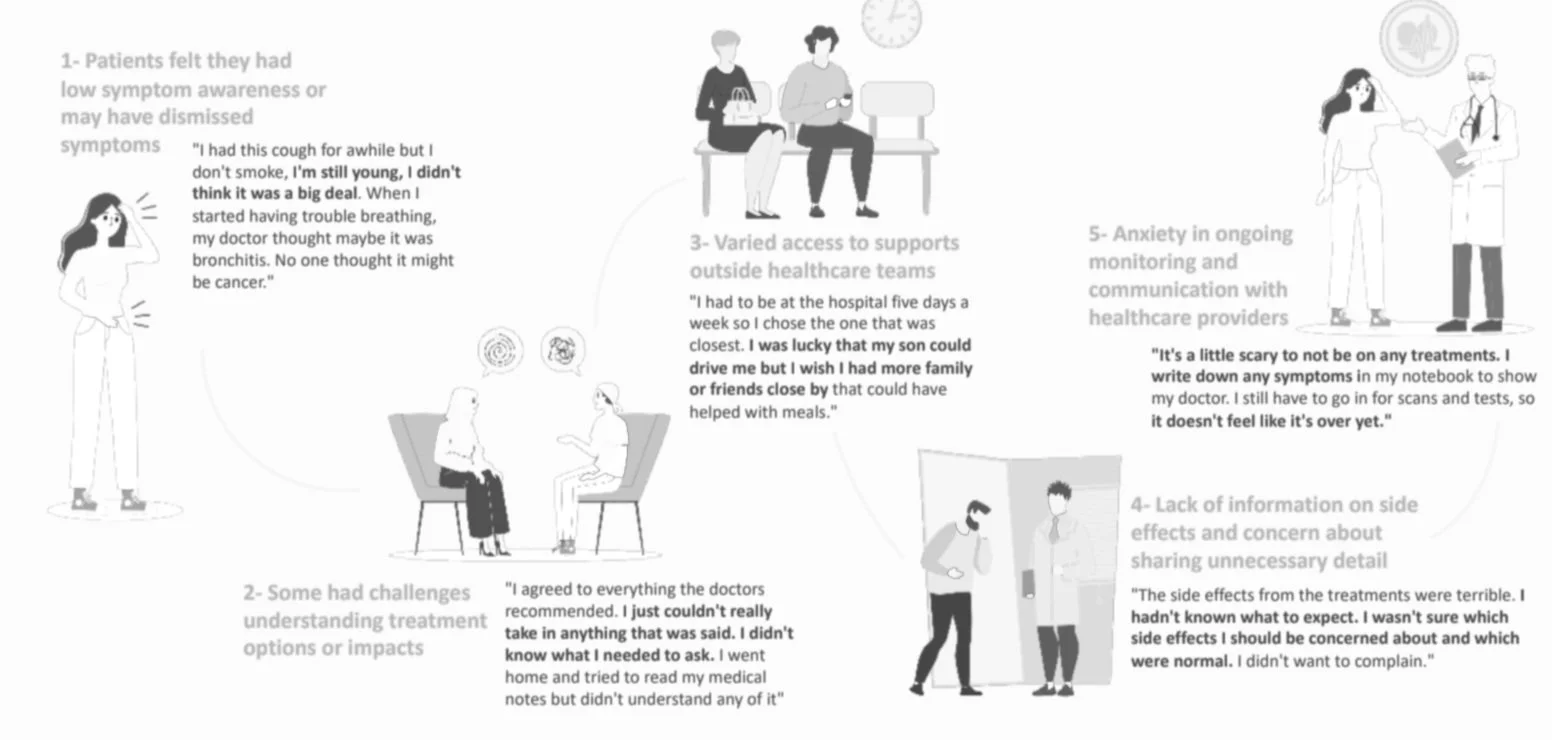Systems Thinking & Service Design
Complex Service Delivery in SaaS, Government, and Healthcare: A Systems Thinking Approach
Scalable service design, combined with systems thinking, is essential for industries that rely on complex service delivery—particularly SaaS, government, and healthcare. These industries operate within interconnected ecosystems where services must align across multiple stakeholders, regulatory frameworks, and real-world constraints. Without a structured service design approach that incorporates systems thinking, products risk inefficiencies, siloed experiences, and operational breakdowns.
Applying Systems Thinking to Complex Services
Systems thinking helps map out interdependencies across service layers, preventing a narrow, product-first approach that focuses only on isolated user flows. Instead, it ensures that services function as part of a larger, adaptable ecosystem.
Service Maps as System Models: By defining core capability statements and layering them over service blueprints, we can identify patterns, feedback loops, and friction points that impact the entire service ecosystem.
Holistic Touchpoint Design: A systems approach ensures each service touchpoint is not an isolated experience but part of a larger, dynamic network that evolves with user needs and operational constraints.
Preventing Siloed Service Delivery: Many organizations design services in isolation, leading to breakdowns in cross-functional workflows. Layered service blueprinting, combined with systems thinking, ensures seamless coordination between service components.
Case Study: Service Blueprinting & Systems Thinking for Healthcare Journey Mapping
A leading healthcare organization required a comprehensive service design approach to improve the patient journey across different stages of care. The project aimed to identify barriers, pain points, and opportunities for improving patient experience while ensuring seamless coordination across touchpoints.
By applying scalable service design, journey mapping, and systems thinking, we developed a layered service blueprint that informed strategic interventions, improved care delivery, and enhanced the overall patient experience.


